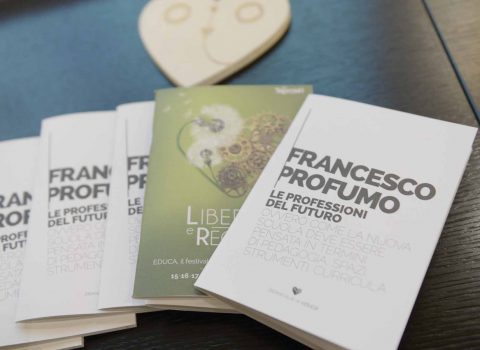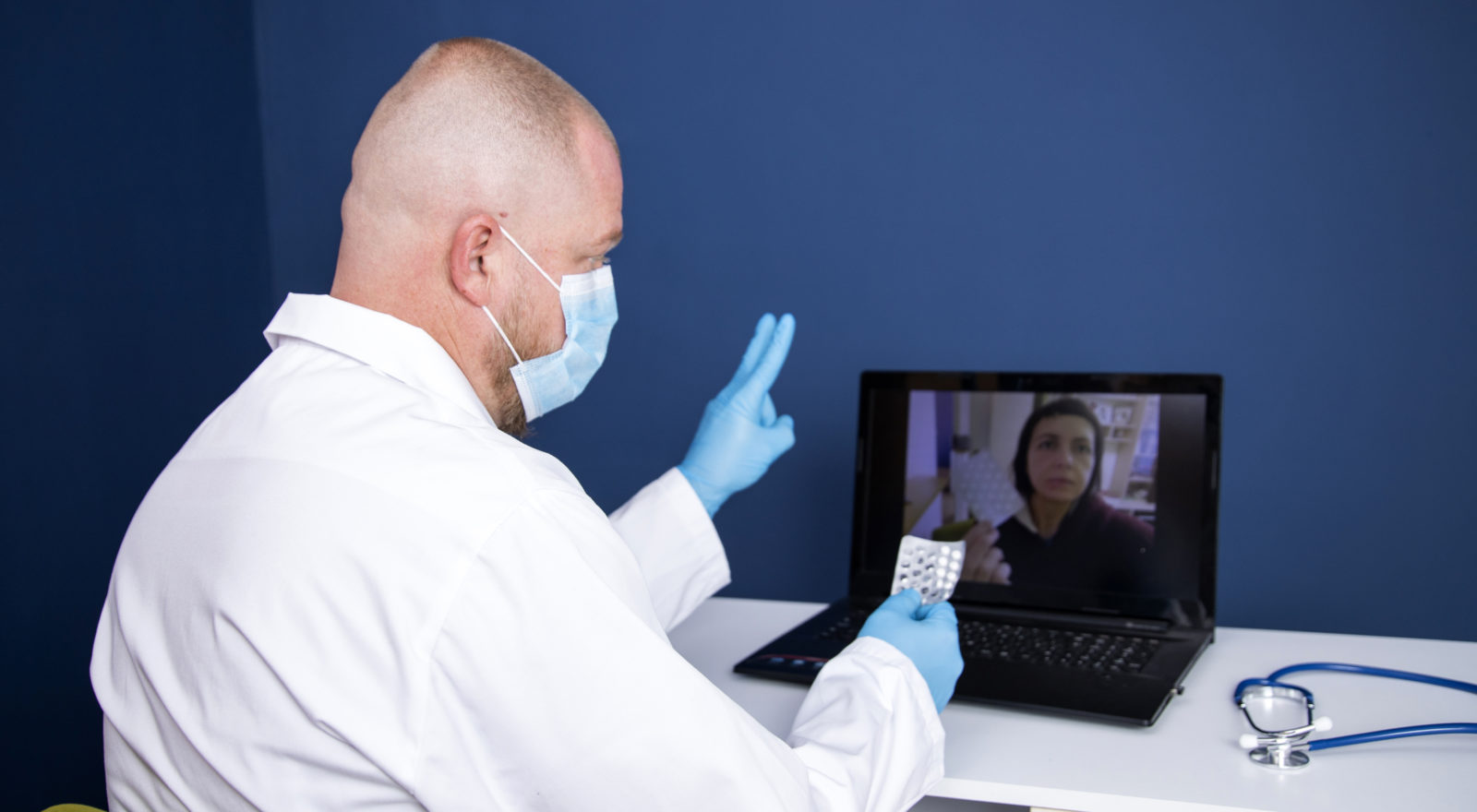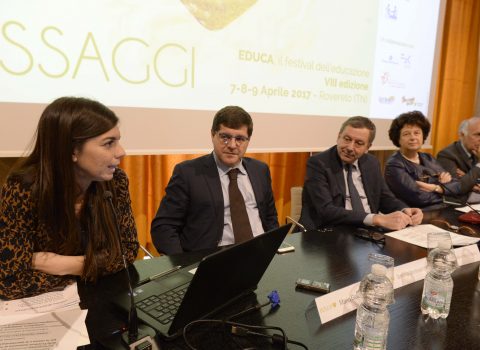
The paper on the experimentation of virtual visits in Trentino has been published in the “Journal of Public Health”
such as remote visits, are underway in the Province of Trento. The paper describes the evolution of this user-friendly tool that is highly appreciated by both citizens and healthcare professionals, especially since access to healthcare facilities has become harder.
The Journal of Public Health (From Theory to Practice) is an interdisciplinary publication by the Springer publishing group that offers space for discussion and debate on international public health issues, with a focus on European affairs. It gathers works on the social and individual factors that determine the basic conditions of public health, analyzing cause-effect relationships and offering a scientifically valid rationale for personal, social and political intervention measures. Topics for discussion include contributions from epidemiology, health economics, environmental health, management, social sciences, ethics and law.
The article, whose title is Implementation of tele visit healthcare services triggered by the COVID-19 emergency: the Trentino Province experience, is signed by the interdisciplinary working group of TrentinoSalute4.0, made up of project managers, representatives of the Health Department of PAT, IT developers and physicians with the Trentino Province Healthcare System.
It contributes to pointing out how virtual visits have been integrated into the Trentino health system and have the potential to become a structural and lasting solution for the future. In fact, during the months of experimentation, the solution has shown that it can also be adapted and integrated in various clinical specialties, in addition to the COVID-19 emergency, within the entire health care system.
Since last year, thanks to the collaboration of medical specialists and pediatricians, a number of so-called PoCs have been launched. PoCs, i.e. Proofs of Concept, are the field trials of a project or method, which help verify whether they work and are sustainable.
TreC_Pediatria, TreC_Cardiologia, TreC_Oculistica and TreC_Diabete are some of the experiments carried out in Trentino, alongside those in health prevention and the upcoming ones for oncology and labor and delivery. The doctors who participated prescribed therapies, provided monitoring, managed appointments and visited patients remotely from their clinic’s PCs.
The scientific article published in the Journal of Public Health describes how this innovation, which does not only concern technology, but also the organization of the provincial healthcare system, took place and how it works. When at the beginning of 2020 there was a need to find quick solutions to deal with the SARS-CoV-2 emergency, TrentinoSalute4.0 responded with TreC_Televisita – a project partially funded by the Trentino Research Development Foundation (VRT). The digital solution identified tried first to meet the demands of the Trentino health system to maintain the quality of the patient-doctor interaction while respecting social distancing.
Thanks to a shared governance model for the development of digital health that the Province of Trento is pushing through TrentinoSalute4.0, the competence center made up of APSS, PAT and FBK active since 2016, research results can be validated, made safe and available as soon as possible as services developed, designed and tested by patients and doctors themselves. For TS4.0, this living lab model represents the most powerful driver for the development and construction of knowledge and skills in healthcare, because it allows to respond quickly to the needs of local healthcare by offering new technology-assisted models of work organization for health workers.

“The positive experience we have seen from the first months of its implementation” – Sara Testa, project manager of TS4.0 and first author of the paper said – “allows us to look ahead and transform TreC_Televisita into a structural pillar of the Trentino health system, as it has laid the foundations for a sustainable and “win-win” solution for all the players involved, from citizens to health professionals, and which also favors a better organization of available resources”.
The paper is out in open access, a method that allows users to share the results of scientific research and encourage the collaboration of other researchers: https://link.springer.com/article/10.1007%2Fs10389-021-01609-8



